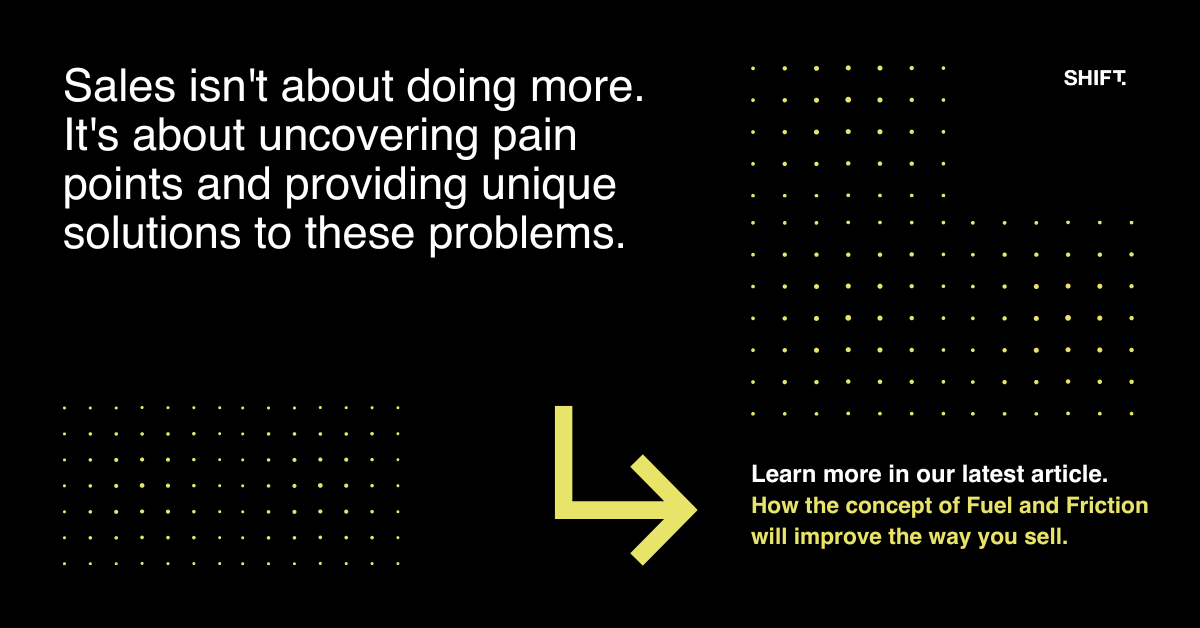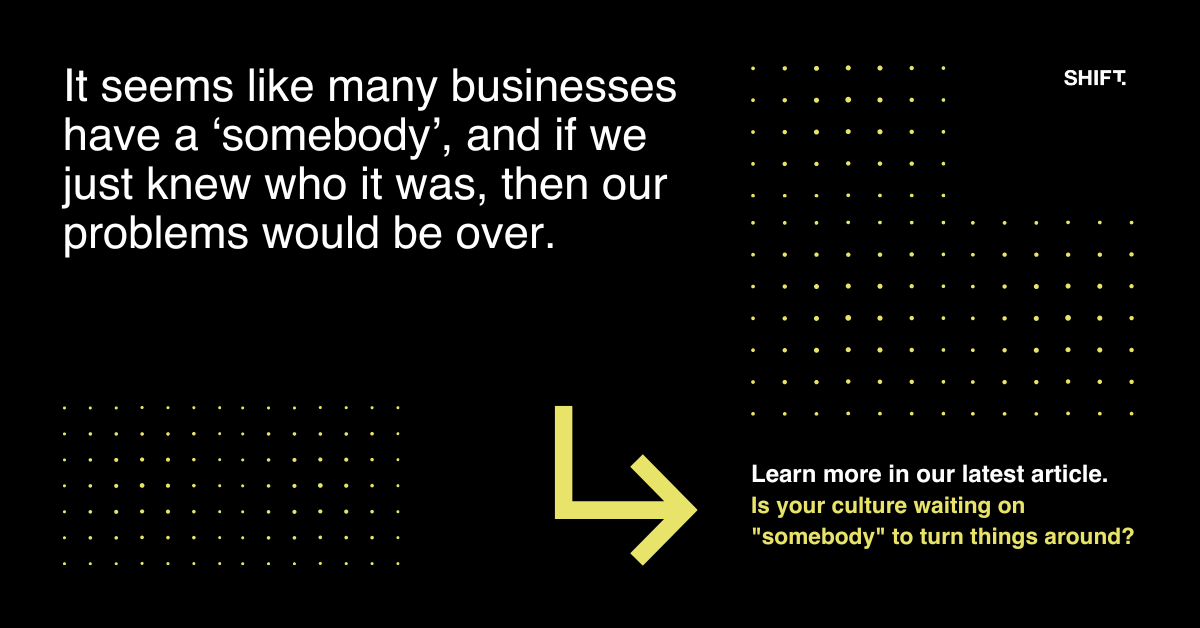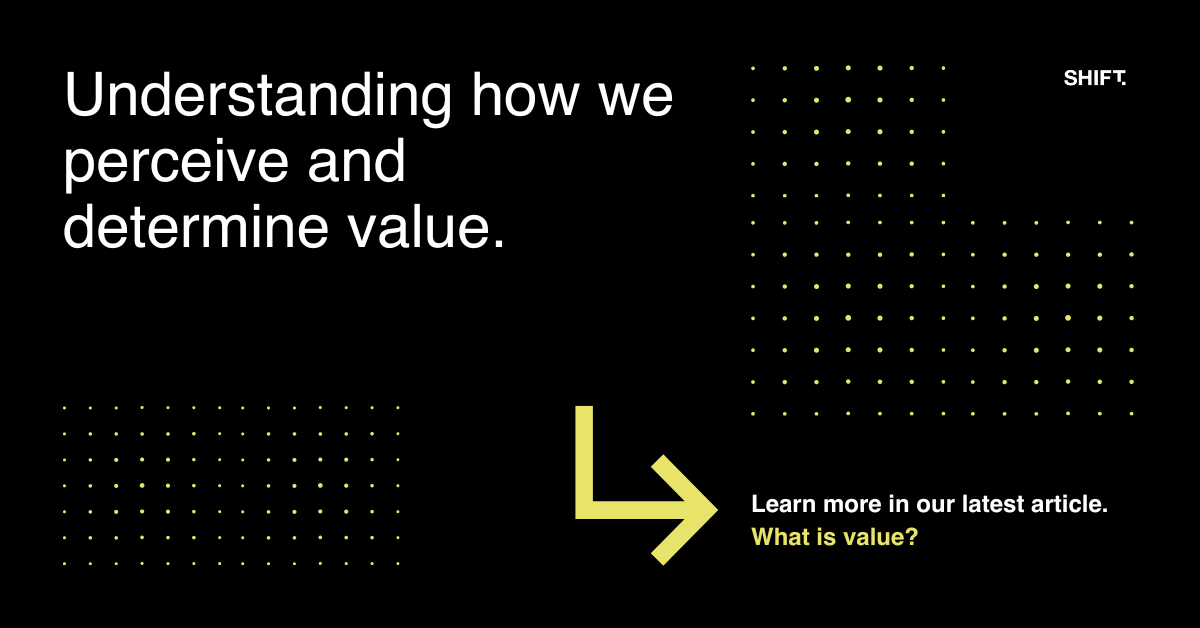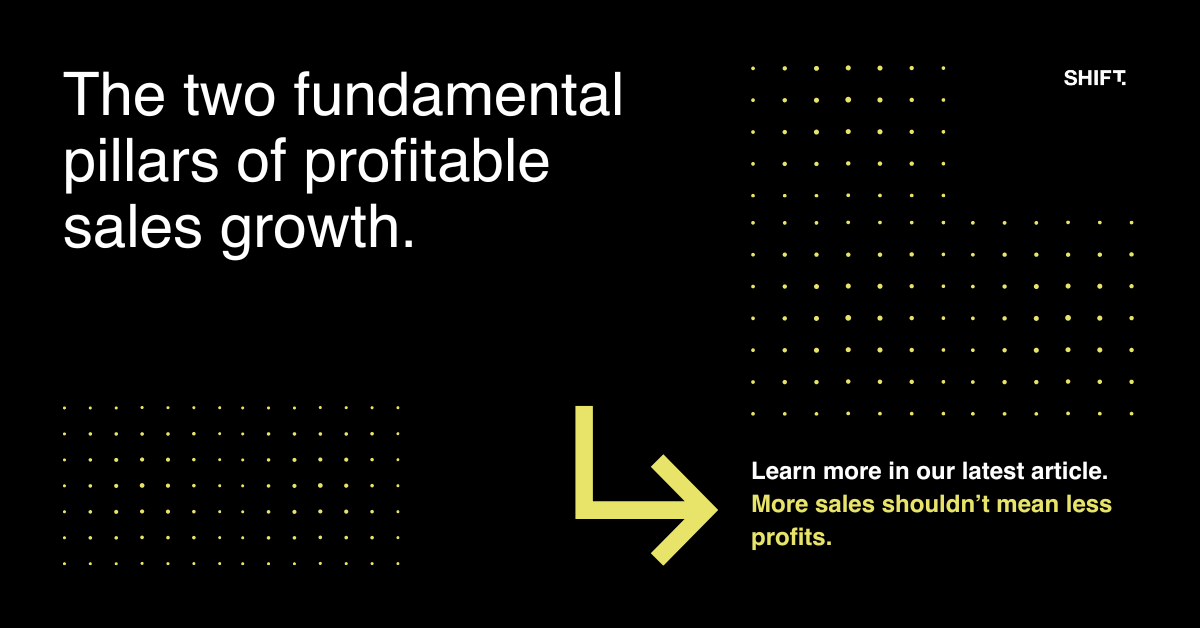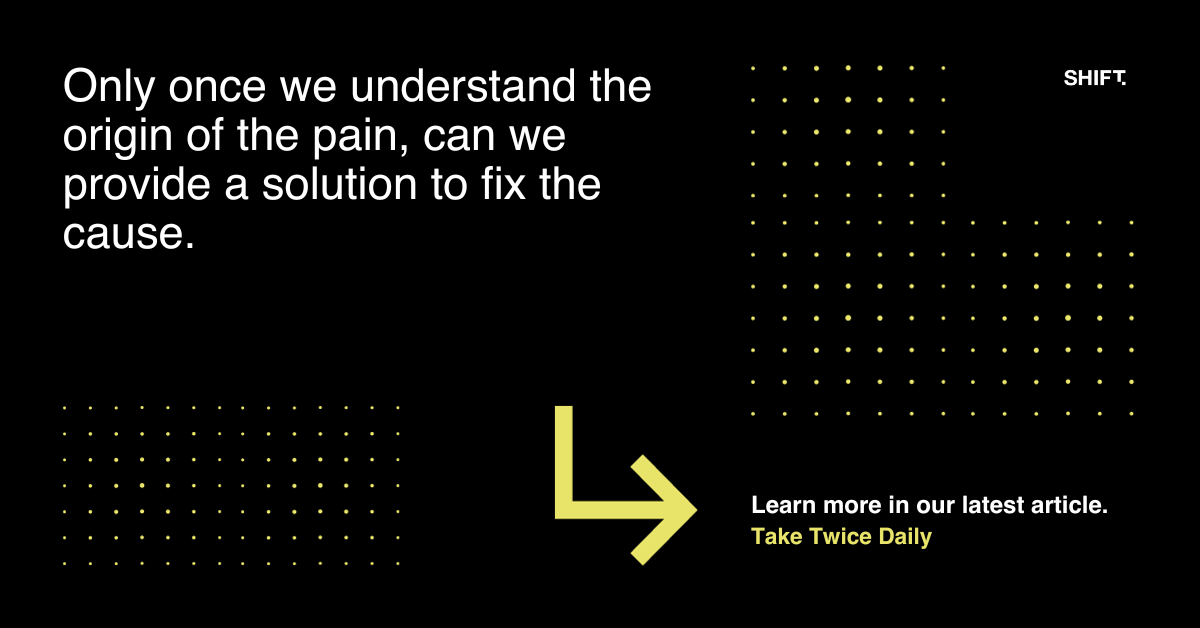The famous management consultant and author Peter Drucker once said, “You can’t manage what you can’t measure”. I don’t believe he meant this as literally as he stated it. However, more often than not, it has been taken literally and has contributed to the thinking that much of what we do in business has to be measured.
If we then get our average number or our best number and keep pushing the target quantity number higher, we will achieve what we need to achieve. The father of Total Quality Management (TQM), Edward Deming, espoused the importance of measurement to achieve quality outcomes in process engineering, where the output of widgets on an assembly line can be improved by developing better quality processes and greater efficiencies.
At the heart of both of these views on measurement was the relationship between Quantity and Quality when we measure activity. The right activity is a lot easier to measure on a production line where the behaviour of the individual is tightly interwoven into the production line process with a singular focus. Whilst there is a process to selling, it is a lot harder to measure the quality of a sales interaction than it is to measure the quantity -inevitably, the measure becomes a quantitative measure of the number of activities because they require less thought and are far easier to measure.
Management then looks at the data between the number of calls made to the number of sales won and incorrectly correlates that to ‘if we just do more calls then we will make more sales.’ What inevitably happens is that the more calls a salesperson has to make the level of quality generally drops off and so even more calls have to be made to make the sales quota.
If you have ever been harassed by telemarketers calling your phone to sell you discount holiday programs or charity donations, then you have been a victim of quantity over quality. These companies measure the number of calls made knowing that a certain % will fall into their trap. They do not care if you hate their intrusion, they do not care if you never want to talk to them again. They only care about the sale. As long as they have enough numbers to call, they have a chance of making their quota.
Likewise, when salespeople are measured by how many contacts they make, in a day, week, or month, the measure is about quantity, not quality. The temptation from sales managers is to then just keep upping the number of contacts a salesperson makes. We all know what happens from there – rubbish in, rubbish out. The narrower your target market the harder it is to just measure and focus on quantity. If your business is about winning new customers and then keeping them, then the quality of the call, the quality of the interaction, and the quality of the relationship are far more important than the quantity.
What measures do you have in place to measure the quality of the sales process interactions? What are the activities you know that build trust, connection, and purpose? Articulate these activities, develop the change in behaviours you want to make these activities come to life, and then measure them. And then if we follow Deming’s principles, once we are doing these consistently, we can then improve them and scale to do more of them.
